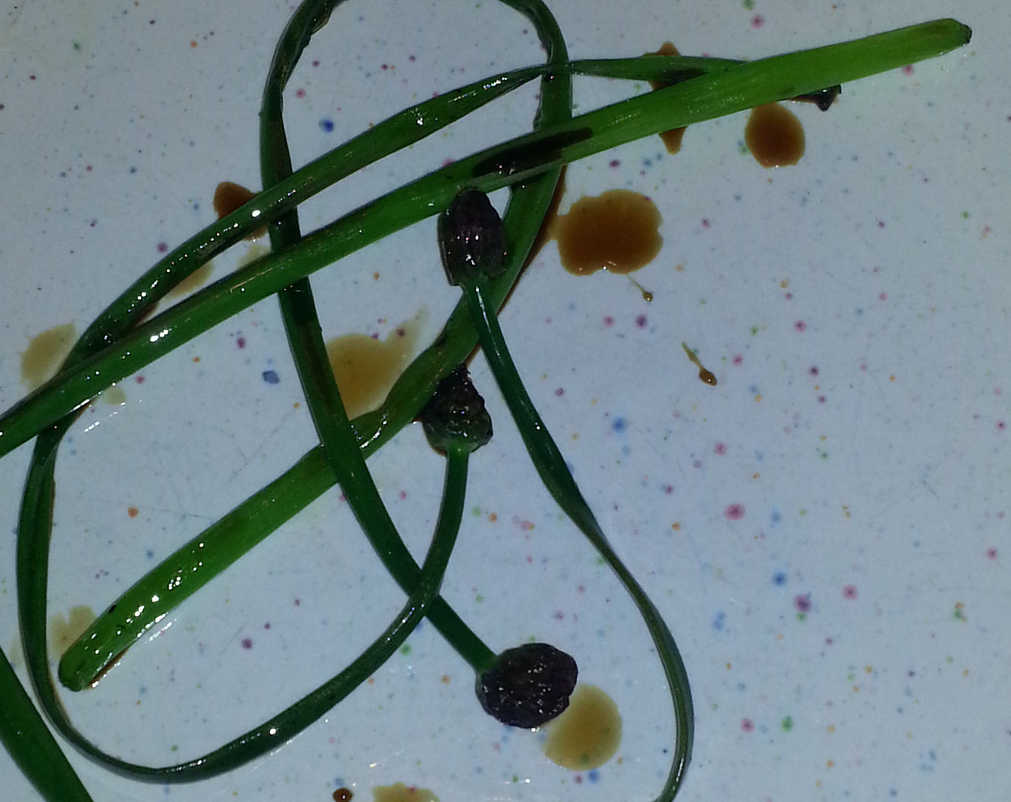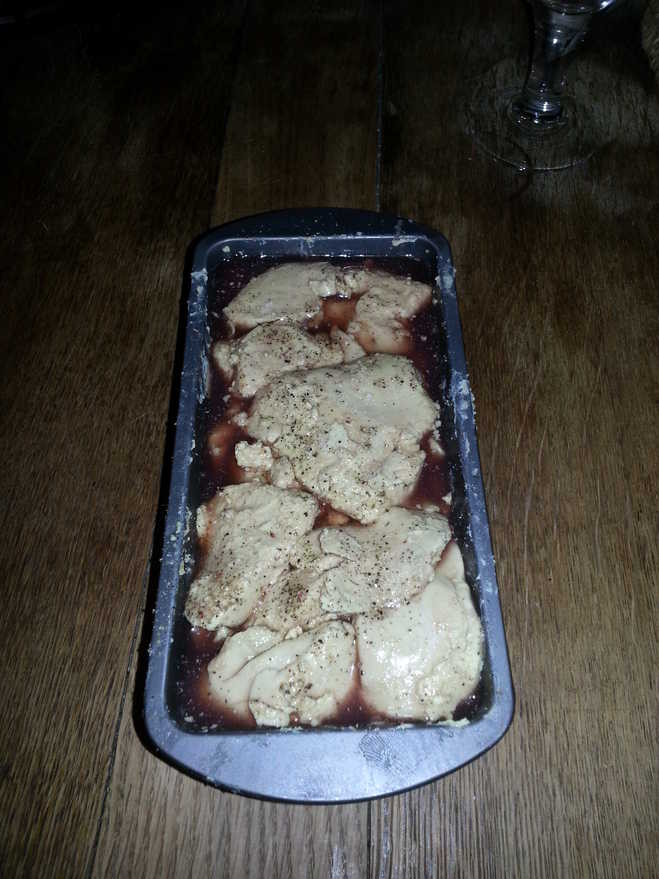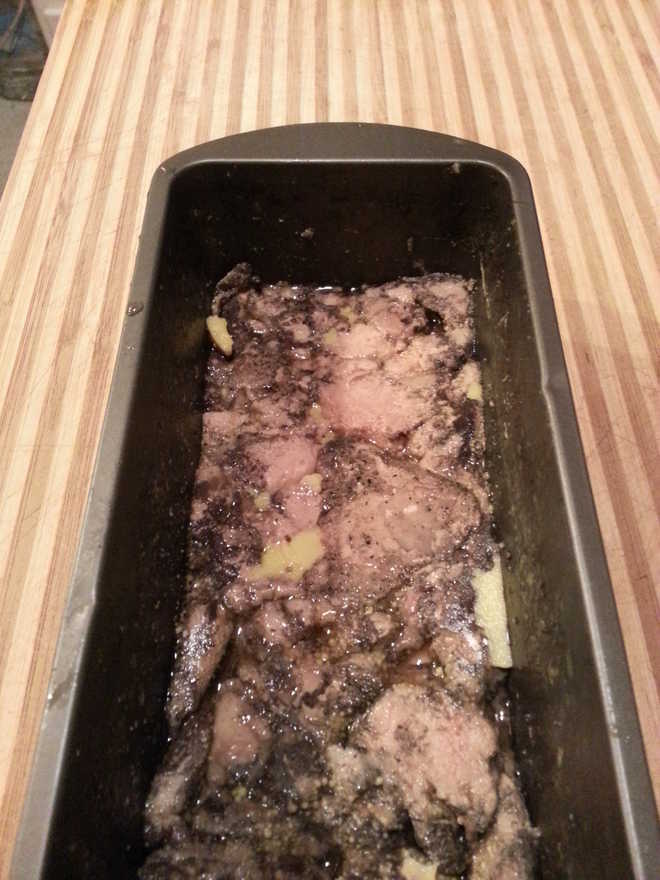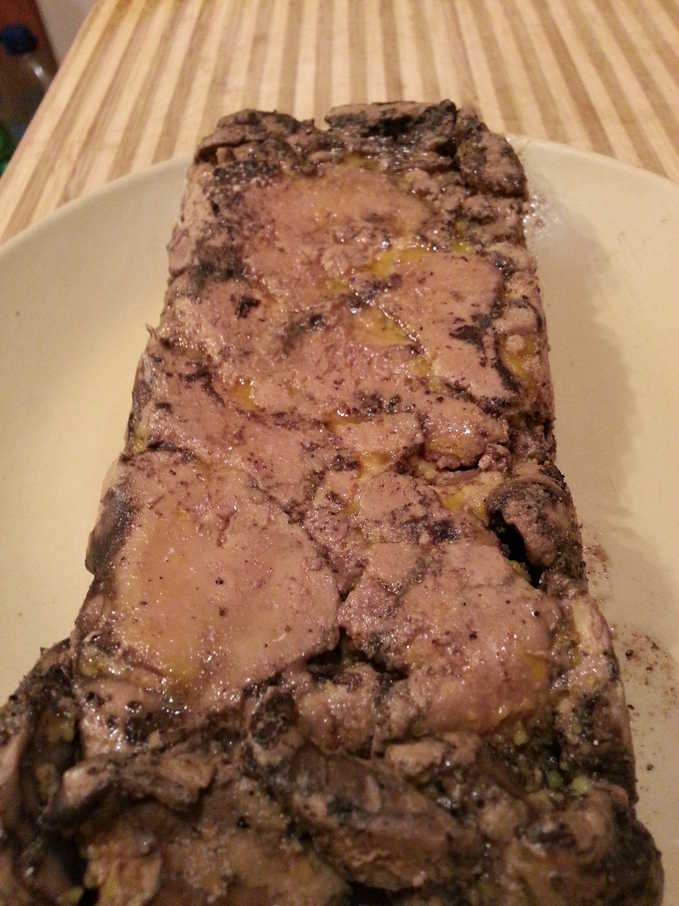Garlic Escape

Garlic scapes are those eccentrically curly flowering stalks that grow out of garlic bulbs in the springtime - amusingly described as looking like a cross between a plant and an octopus.
If you're lucky you might come across bunches of them in a farmers' market. On the other hand, if you happen to have shuffled your Mum off to a respite hospice you might find them growing in one of their sheltered and well-tended gardens from where you can pluck a handful unobserved.
You can serve them up quickly cooked on their own as a side dish or starter, use them in pesto, soup, add them to a stir-fry, serve them with pasta or chop them into salads. They taste a little harsh raw, but the flavour mellows surprisingly when cooked.
When not stealing garlic scapes from Marie Curie, I've been popping into The Star Inn on my way to and from visiting Mum (though it turns out that Harome is not that close to the A1 and includes some pretty crappy roads).
I got to try their famous Black Pudding and Foie Gras combo and after complimenting him on the surprising crispness to his fried foie gras, that nice Mr Andrew Pern gave me a few pointers for getting my weeping, saggy livery pillows to turn out something more like his:
- it's essential you begin with slices of fresh, high quality foie gras
- get your pan blistering hot to seal the liver
- let the slices gently cook through to completion at a lower temperature
You might consider scoring the first side to cook too, or even dusting with flour to generate that extra crustiness.
Not only was his foie gras exquisite, but his accompanying reduced apple chutney was thinner, but crunchier than mine, suggesting that I'd reduced mine a little too hard. I wondered too if he might have added a second round of cubed apples after reducing, to maintain a level of fresh crispness whilst still managing to generate such plentiful rich jam?
To top everything off, Andrew's decorative apple slice was beautifully caramelised using a blowtorch too - rather than pan-frying as I had. I think that gives a better-looking result.
Anyhoo, I also had a fantastic Tournedos Rossini there for dinner, served with their own paté de foie gras, which inspired me to make up some of my own. With mixed results.
I'm going to have to do a lot better than this if I want to serve my own Rossini!
Charred Garlic Scapes
veg vegan starter side
You can griddle, fry, or grill these little fellows.
Toss them in a little olive oil first then cook them until they char in spots - like a discerning man's asparagus.
Ingredients
- garlic scapes
- a little olive oil
- salt & pepper
Dressing:- lemon juice and zest
- or
- balsamic vinegar
- or
- soy sauce
Trim the scape ends if necessary and toss them lightly with olive oil and salt and pepper.
Fry or grill them, turning half way through, so they have a few charred spots and just start to wilt.
Serve them dressed with lemon juice and a little zest, or a drizzle of fine balsamic vinegar.
Fry or grill them, turning half way through, so they have a few charred spots and just start to wilt.
Serve them dressed with lemon juice and a little zest, or a drizzle of fine balsamic vinegar.
The balsamic vinegar I used was a little sweet - given how mild the cooked scapes are.
I'd use an edgier one next time. Soy sauce might work too.
Paté de Foie Gras. Or is it a Terrine?
starter fowl experimental
I decided to have a go at making my own paté (or more accurately terrine) of foie gras, with mixed results.
I combined a few different approaches that I found, especially the one in The Cook's Book, but there's quite a lot of variation of flavourings (onion/garlic/herbs/spices) and alcohol (Armagnac, calvados, Sauternes) as well as cooking techniques. One approach which might be a useful fallback since it offers a bit more temperature control poaches half the liver and passes it through a sieve then presses it into a layered terrine together with pan-fried slices of the other half.
I combined a few different approaches that I found, especially the one in The Cook's Book, but there's quite a lot of variation of flavourings (onion/garlic/herbs/spices) and alcohol (Armagnac, calvados, Sauternes) as well as cooking techniques. One approach which might be a useful fallback since it offers a bit more temperature control poaches half the liver and passes it through a sieve then presses it into a layered terrine together with pan-fried slices of the other half.
Well it turns out I was doing it all wrong!
But I've got it sorted now and on only the second attempt too!
Good news for my wallet!
Makes about 500g
Ingredients
- 1 forced duck or goose liver
- 80ml port calvados or Sauternes are also popular
- 80ml cognac
- ½ tsp salt
- grinding of pepper
- a grating of nutmeg optional
Pick of outer membrane and de-vein the liver.
Season the livers and arrange in a terrine, pouring the liquor over each layer. Use outer slices for the top and bottom layers. Cover with cling film and refrigerate for 5-6 hours.
Cook the terrine in a roasting pan half-filled with warm water in a preheated oven for 20-30 minutes.
Remove from the oven and lay a piece of foil-wrapped card or plastic (the foie gras container seemed ideal) on top of the liver. Weigh down with tins or water-filled jam jars to press the paté firmly. Leave to set in the fridge for 24 hours, and up to a week.
I tried to do this by slicing one lobe horizontally into thirds (whilst chilled - dip your knife in hot water),
then allowing it to come to room temperature in a bath of milk and chasing out the veins with a toothpick and my fingers.
- I'd read that soaking in milk softened the liver.
I'm not so sure if the soaking, or the slicing really helped. Next time I think I'll try just gently prising the liver lobes open at room temperature to get at the veins.
I'm not so sure if the soaking, or the slicing really helped. Next time I think I'll try just gently prising the liver lobes open at room temperature to get at the veins.
Season the livers and arrange in a terrine, pouring the liquor over each layer. Use outer slices for the top and bottom layers. Cover with cling film and refrigerate for 5-6 hours.
I packed the liver into a small loaf tin, pouring in a seasoned mixture of 80ml port and 80ml Armagnac as I went.
There was a lot of liquid washing around in my final pressed paté though, so I wonder if I should have drained the excess marinade away before baking.
I left mine marinating for 24 hours (due to force of circumstance), and the alcohol flavouring was far too strong. Also the paté took on a very unattractive, dark, speckled colour from the port.
There was a lot of liquid washing around in my final pressed paté though, so I wonder if I should have drained the excess marinade away before baking.
I left mine marinating for 24 hours (due to force of circumstance), and the alcohol flavouring was far too strong. Also the paté took on a very unattractive, dark, speckled colour from the port.
Cook the terrine in a roasting pan half-filled with warm water in a preheated oven for 20-30 minutes.
OK, this is where things get confused - opinions vary about the cooking time and temperature.
The Cook's Book
suggests cooking at 150°C/300°F/Gas 2 for 20 minutes.
I thought this seemed a tad hot, so I experimented a little to find the gas setting which would hold a water bath at 70°C in my oven (middle shelf at the lowest setting). I then allowed my loaf tin to come up to room temperature, stuck a meat thermometer into the centre, placed it in the water bath and baked it for about 1 hour until the centre reached 65°C. (Actually I initially turned the heat up to Gas 2-3 for about 20 minutes to make sure the water came back up to temperature, before turning it back down to low. But I'm not sure that helped.)
I thought this seemed a tad hot, so I experimented a little to find the gas setting which would hold a water bath at 70°C in my oven (middle shelf at the lowest setting). I then allowed my loaf tin to come up to room temperature, stuck a meat thermometer into the centre, placed it in the water bath and baked it for about 1 hour until the centre reached 65°C. (Actually I initially turned the heat up to Gas 2-3 for about 20 minutes to make sure the water came back up to temperature, before turning it back down to low. But I'm not sure that helped.)
Unfortunately about half of the liver had dissolved away when It came to take it out of the oven. Which seems a significant loss really.
Perhaps I could try removing at 55°C?
My online research suggest that most bacteria will be killed
if the (final)temperature reaches 140°F/60°C
It wouldn't seem like it would work to run the oven hotter as it would only melt the outer liver away more before the centre reached safe temperatures, but maybe I should skip that initial turning up?
It wouldn't seem like it would work to run the oven hotter as it would only melt the outer liver away more before the centre reached safe temperatures, but maybe I should skip that initial turning up?
Remove from the oven and lay a piece of foil-wrapped card or plastic (the foie gras container seemed ideal) on top of the liver. Weigh down with tins or water-filled jam jars to press the paté firmly. Leave to set in the fridge for 24 hours, and up to a week.
I found that there was a lot of juice (and fat) in my terrine, which I drained off, separated the fat from it,
then refilled the terrine with it to just cover the liver.
You can use the fat for roasting potatoes and the juices for stock.
You can use the fat for roasting potatoes and the juices for stock.
OK, the things I've learned about making paté de foie gras:
Round One
Round One
- My paté was still in quite separate chunks, and also running with liquid (probably mostly from the alcohol). It's clear that you need to use a lot more weight to press the paté than I used (a jam jar half-filled with water).
- You might need to drain the paté off more thoroughly too before re-covering with fat.
- While most of my paté had a pleasant texture and you could tell there was some decent flavour in there, the liquor infusion was much too strong - I'd definitely over-marinated it.



